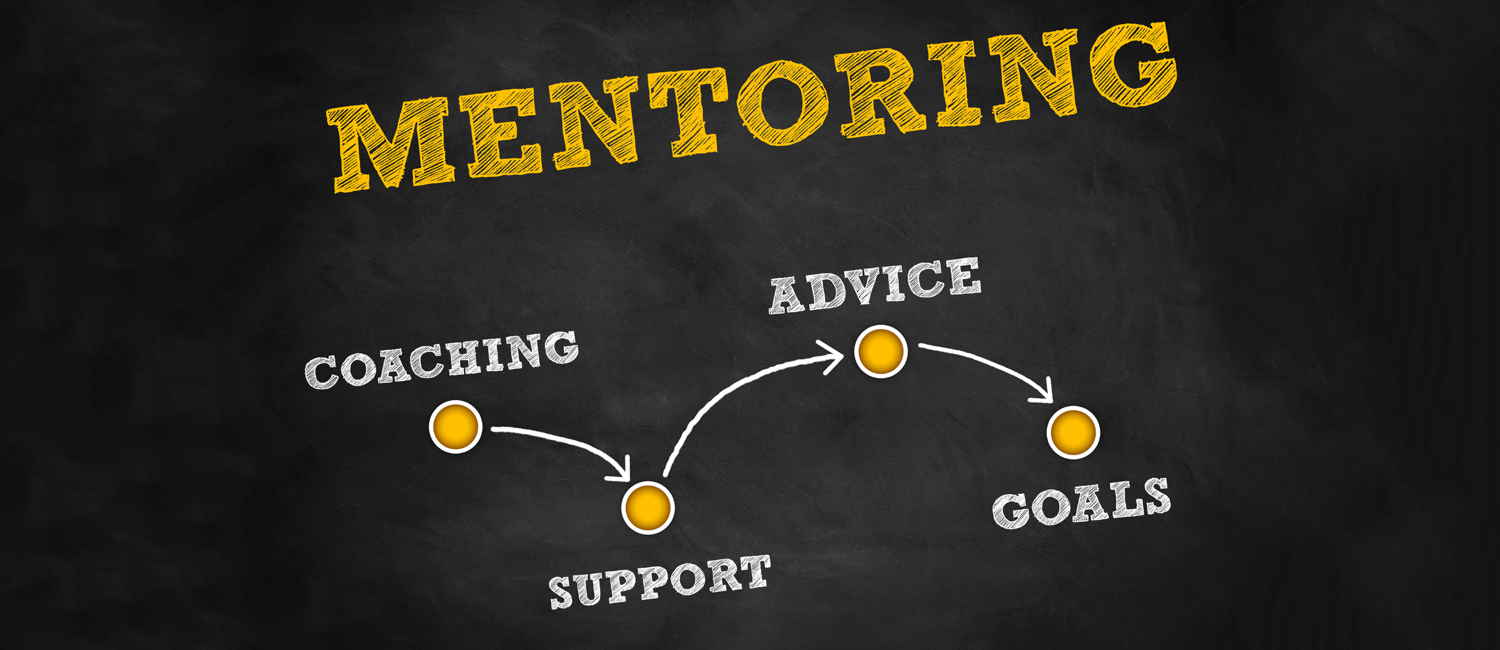
Making better mentors
In the traditional view, mentoring relationships at work allow senior employees to pass their wisdom on to younger colleagues. “They become the Yoda mentor, sharing advice and knowledge with the protégé,” says Belle Rose Ragins, professor of organizations and strategic management in the Lubar School of Business.
But Ragins’ research, done through surveys, shows that it may be time to leave Yoda behind for a different approach. In what she calls “high-quality” mentoring relationships, mentor and protégé trust each other, seeing their connection as a two-way street where both learn and grow, and both have expertise to offer.
“It becomes a holding environment and safe haven for authenticity, where both can be themselves,” Ragins says. She’s long studied work relationships and is now examining how mentoring affects an employee’s organizational attachment. She’s also looked at the roles of gender and diversity in mentoring relationships, and believes these improved mentorships can be particularly helpful to young women and minorities.
When a protégé feels comfortable, she can speak honestly with her mentor about workplace issues, such as subtle sexist or racist attitudes. They can talk through strategies to deal with these issues, and mentors also can ease a protégé’s self-doubt in response to stereotypes and bias. Ragins says this level of support helps protégés thrive on the job and may improve employee retention.
Top-notch mentorships are uncommon. “Most fall in the center of the bell curve and are average in quality,” Ragins says.
Developing more authentic mentor-protégé relationships takes time, as does changing a company’s culture. But Ragins is optimistic that the right workplace training can make high-quality mentoring relationships the norm.